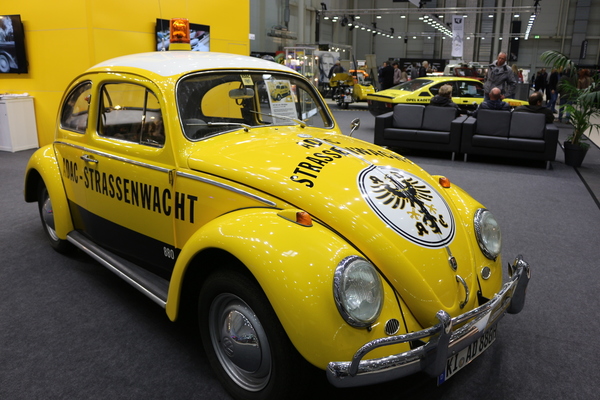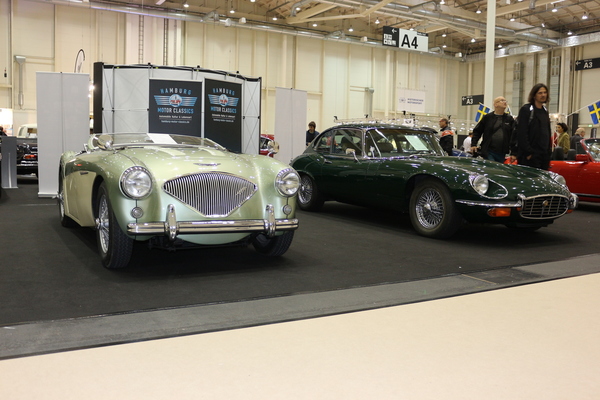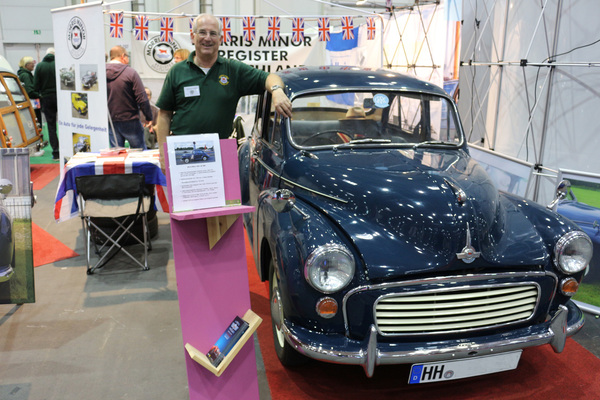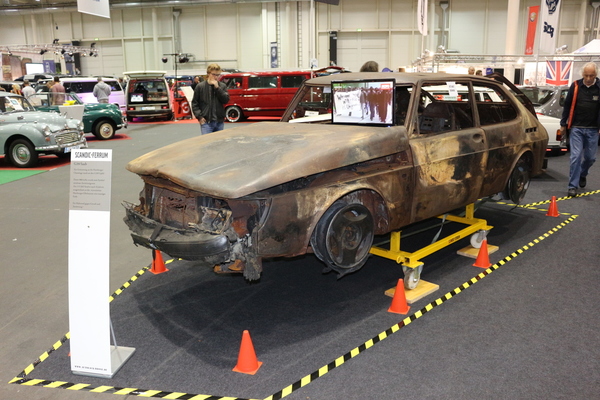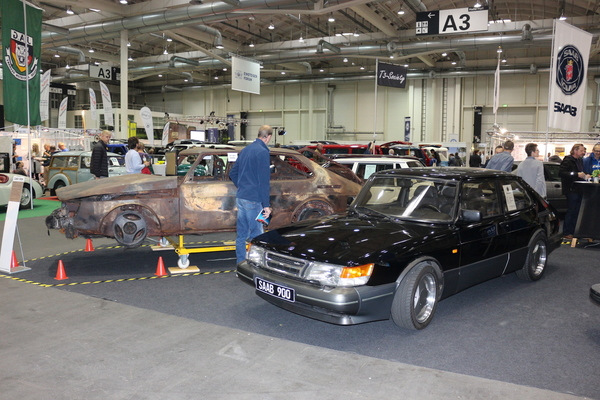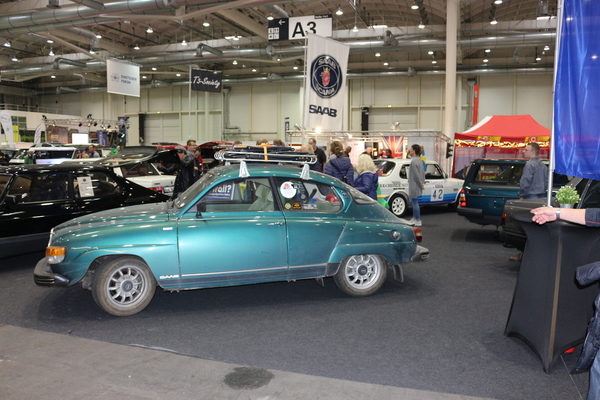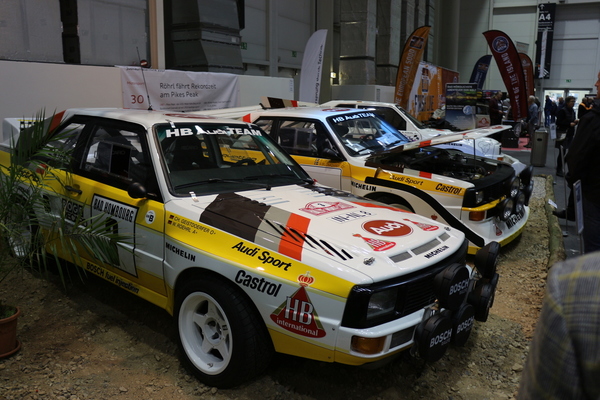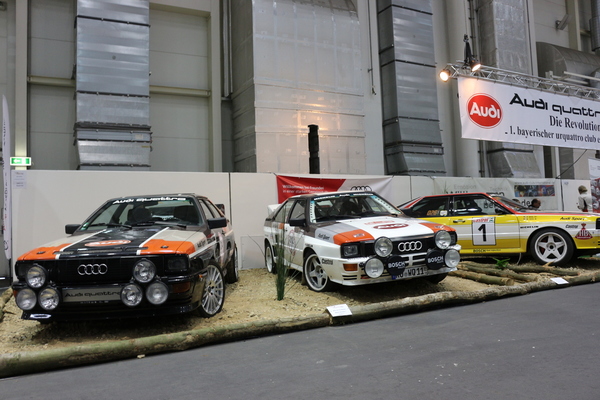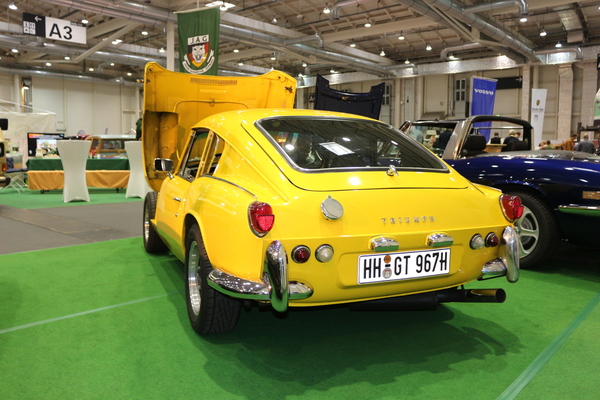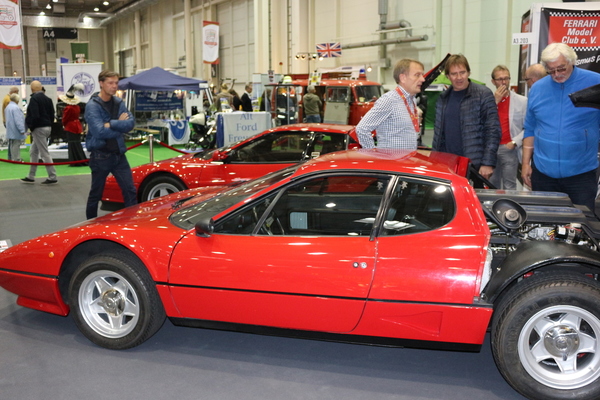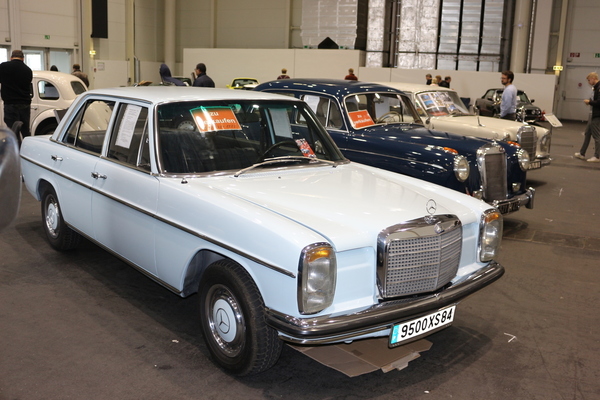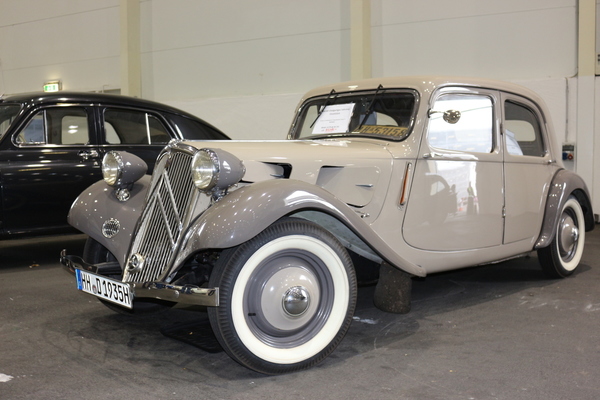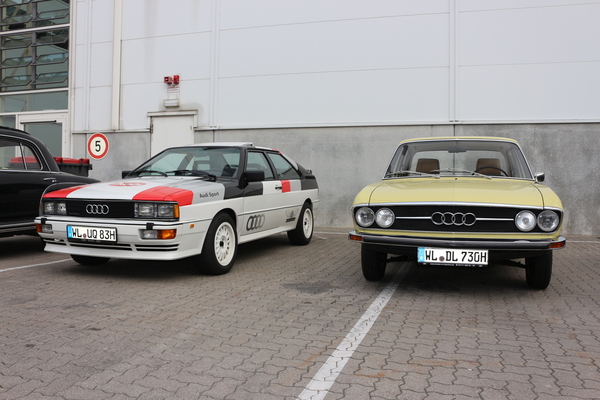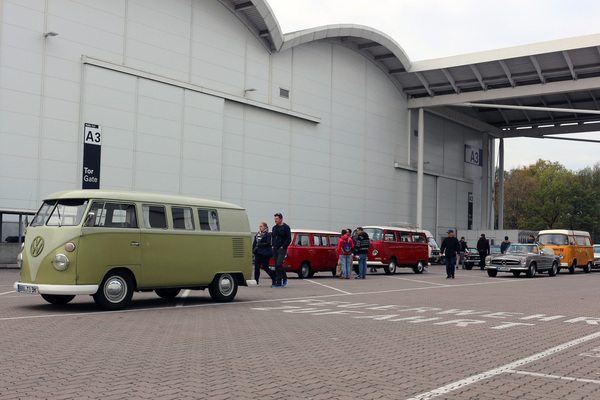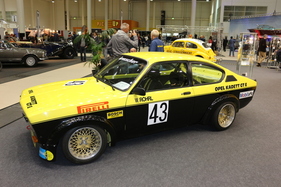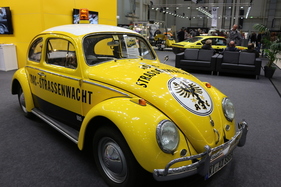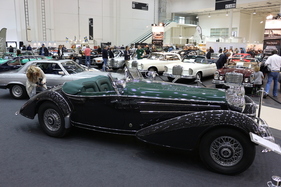The Hamburg Motor Classics were already satisfied with the results of their premiere in 2017. In the second edition on October 19-21, 2018, around 18,000 visitors accepted the invitation of the 150 exhibitors in three halls.
A cozy setting
Under the Hamburg television tower, classic and vintage car enthusiasts found plenty of polished beauties, parts, literature and toys in a cozy atmosphere on the third weekend in October. Three halls gave exhibitors and visitors plenty of space for photos and technical discussions.

While the clubs in Hall A3 presented their tinny favorites and invited visitors to chat, buyers in the smaller Hall A2 found treasures for wallets of different sizes at the "Dream Cars" classic car market, ranging from Benz Stroke Eight to the rare Citroën 7 CV L.

Hall A4 was dedicated to historic motorsport.
A number of celebrities
In addition to the four-wheeled stars, the driving celebrities could not be missing from the clubs. MSC Trittau had provided the 1979 European Rally Champions, Jochi Kleint and Gunter Wanger, with a perfectly built Opel Ascona 400. Walter Röhrl and Christian Geistdörfer became world champions with this model in 1982.
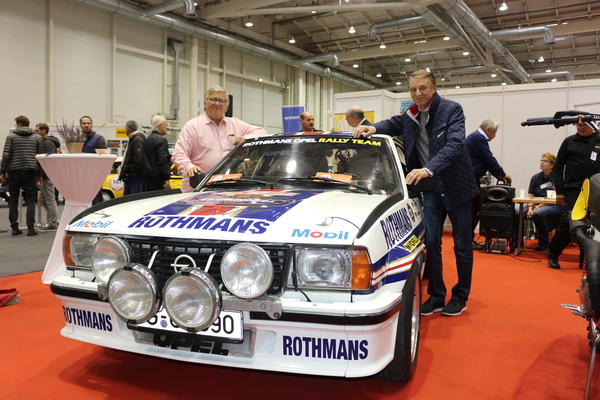
The Rothmann-look Ascona from 1982 shown here was perfectly rebuilt by collector and hobbyist Hermann Kneer from near Neu Ulm over the course of ten years using original parts from the Opel motorsport department with professional support. Kleint and Wanger compete with the car every year in the Stormarn Rally near Hamburg.
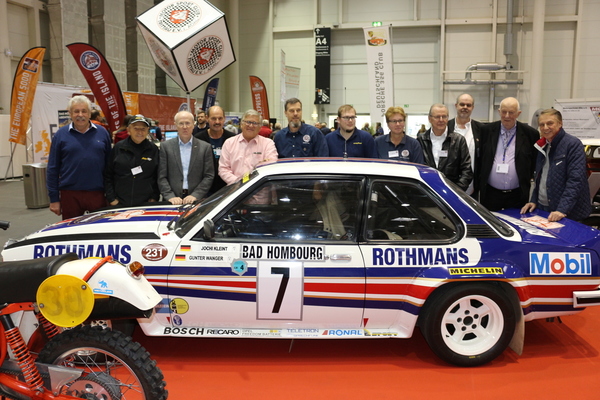
At the same stand, multiple German speedway champion and 1983 world champion Egon Müller and the developer and namesake of the Audi Quattro, Walter Treser, signed autographs. Fittingly, the Bavarian Urquattro Club exhibited several of its treasures right opposite.
Not all completely original
What appeared to be the oldest vehicle at the show was presented by the Alt-Ford-Freunde Region Hamburg: a Ford Quadricycle from 1896, the first vehicle developed by Henry Ford. Laura and Peter Glasmacher had brought the car with them from Belgium and, dressed in period clothing, showed how they would have driven it 120 years ago.

However, the only original example of this car is in the Henry Ford Museum in Detroit; the one on display in Hamburg is a replica made in 1981. The most important modernization for road approval: installation of a brake.
G20 memorial
The Saab and Volvo friends brought a rather topical reference to the present at their joint stand. Master coachbuilder Markus Kollwitz and technician Dirk Ahrens had preserved a Saab 900 Turbo that had burnt down at the G20 summit in Hamburg's Elbchaussee in 2017. It was now on display here as a memorial to openness and tolerance.

Right next to it was a 900 Turbo from 1993 in year-old condition. In addition, there were other exciting things that Saab once had in its program: the 96 V4, freshly back from a trip to the Baltic, still unwashed, and a Saab 99 in rally trim.
Suitably catered for
The Morris Minors served scones and clotted cream with strawberry jam. The scones for cream tea are as British as the Volkswagen from the island. Anyone who was a novice driver in the UK up until the 1980s was almost guaranteed to have covered their first miles in a Morris Minor.
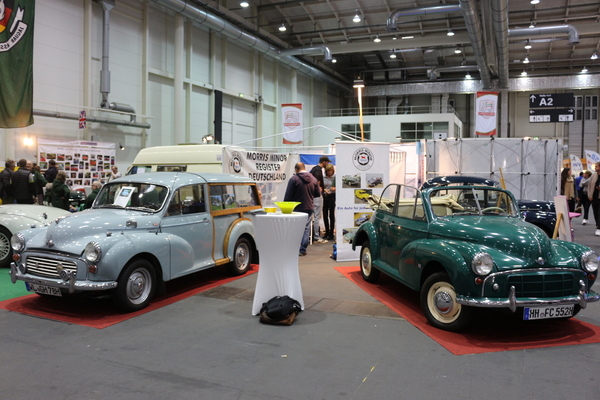
Anke Redhead and Andreas Grube, who organized the stand, lived in England for many years. They brought three variations of the little Morris to the fair. The most popular on the classic car market are the convertible and the traveler, a station wagon with a load-bearing wooden framework.

Grube himself drives a four-door saloon, built in 1966, right-hand drive. He bought the car from England in 2016 in a neatly restored condition and imported it to Germany on his own wheels. "No problem with the Minor, which is known for its reliability," enthuses Grube. "To register it in Germany, we only had to retrofit hazard warning lights and, of course, change the headlight lenses for right-hand traffic."
Around 1.6 million Morris Minors were built worldwide between 1948 and 1971. Few came to mainland Europe; the Germans had their Beetle. For some years now, they have been discovering the cute Englishman as a down-to-earth classic car.
It is not known how many of these likeable small cars are actually on our roads. In any case, most of the German examples were previously on the road abroad and were often only imported in old age. Their mechanics are simple and spare parts are still easy to come by.
Outdoor activities too
The weather played along for the outdoor activities. It wasn't Hamburg's grimy weather, but autumn sunshine and at most a little shower. So the 2nd ADAC Hamburg Motor Classics Rally for the Träume Wagen Cup was a complete success.

Around 60 classic and vintage cars set off on the 150-kilometer tour through Hamburg and Schleswig-Holstein from the forecourt of the trade fair grounds. Outside the hall gates, the self-drivers used the classic car parking lot to present their more or less rare older or younger vehicles to like-minded people.
The visitors were so happy with their visit to the fair that almost three quarters of them said in a survey that they would come back next year.




